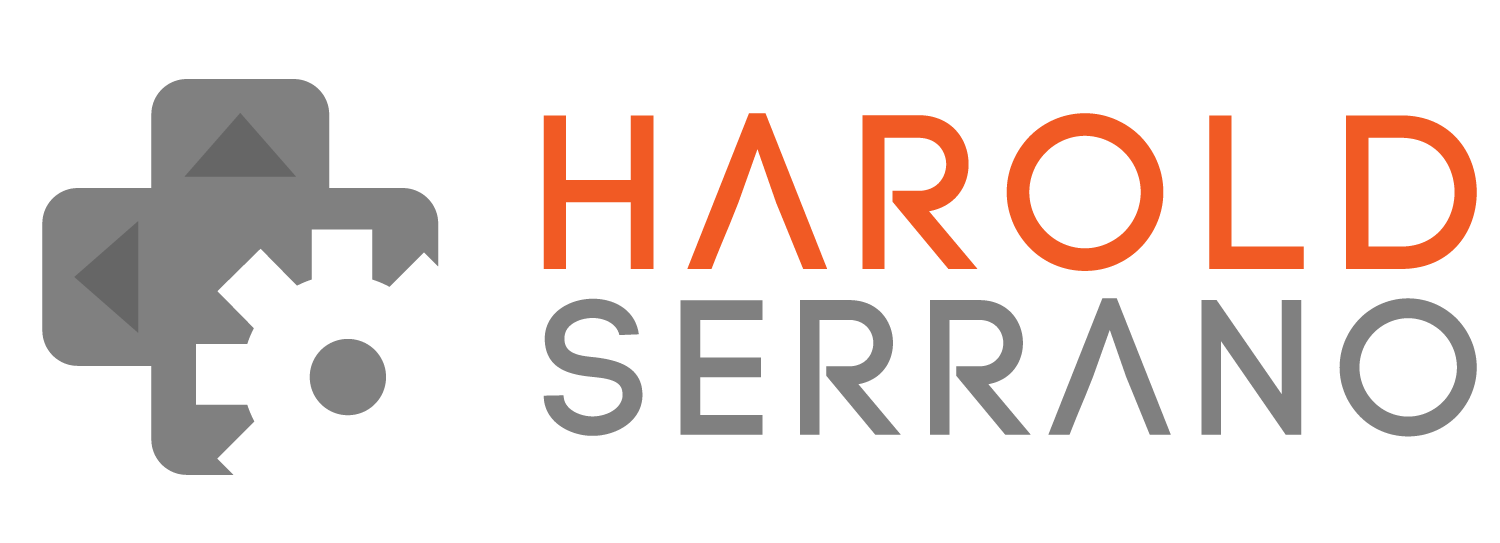I believe the engine is almost complete. Most of the functionalities expected in a game engine have been implemented. For example, the engine is capable of:
- Rendering 3D models with textures/normal maps
- Supports Shadows
- Supports 3D model animations
- Supports Skyboxes, Text, and Sprites rendering.
- The engine contains a Physics engine with a Collision Detection System
- It makes use of BVH algorithm in its Frustum Culling algorithm
- among many other minor implementations
However, it lacked one crucial element found in every game engine, i.e., a Particle System.
Back in beta v0.0.4 of the engine, I did implement a particle system. However, it was rudimentary and basic. I wouldn't consider it a particle system, per se.
So this month I decided to scrap the original Particle System I had written back in v0.0.4 and focused on implementing a real Particle System.
Implementing a particle system is quite simple. I will write an article how to implement a Particle System soon, but if you are dying to know how to write one, this site has an excellent post on it. After reading this article and other books, it gave me a good idea how to implement a Particle System.
Well, here is a video showing the Particle System currently employed in my game engine.
What I need to do soon, is to write a Particle System editor similar to 71 Square Particle System, but for 3D particles.
That way, YOU, can easily import your particle effects into the engine.
Thanks for reading.













